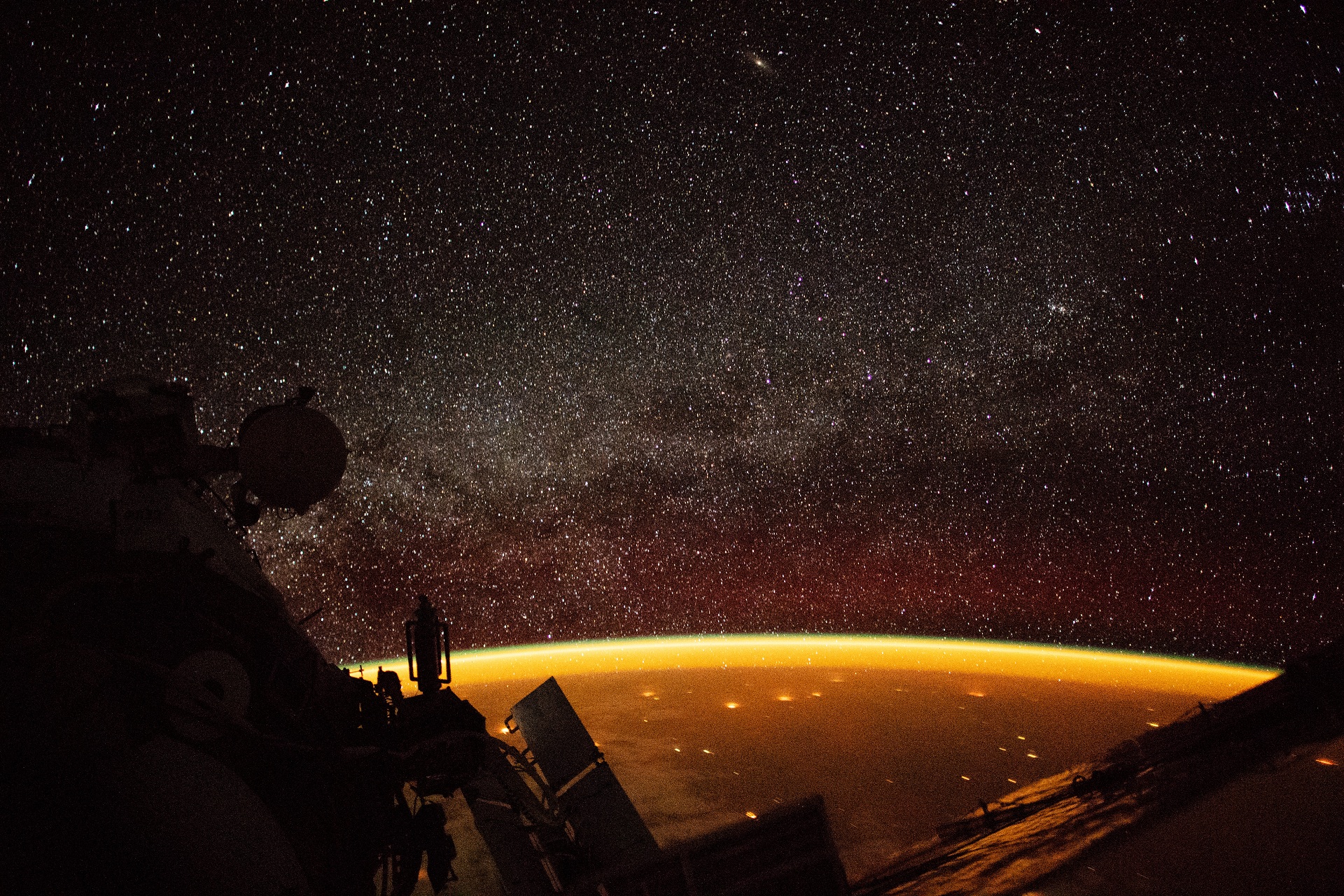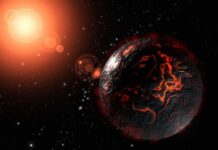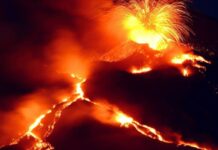An astronaut aboard the International Space Station (ISS) shot this magnificent photograph of an unusual phenomenon known as airglow. The orange glow that envelopes Earth is caused by chemical reactions high in Earth’s atmosphere. It typically occurs when molecules (mostly nitrogen and oxygen) are energized by ultraviolet (UV) radiation from sunlight. To release that energy, atoms in the lower atmosphere bump into each other and lose energy in the collision. The result is colorful airglow.
Airglow is around 1 billion times fainter than sunlight, so it is difficult to be caught. This particular photo was taken at an altitude of more than 250 miles (about 400 kilometers) above Australia on the 7th of October, 2018.
This phenomenon gives an insight into what really happens in the upper reaches of our atmosphere. It can help scientists learn about the movement of particles near the interface of Earth and space, including physical processes at work where Earth’s atmosphere interacts with near-Earth space.


















